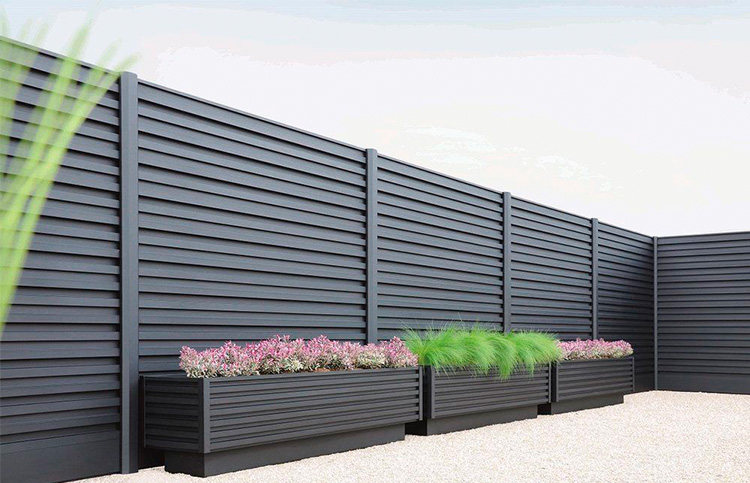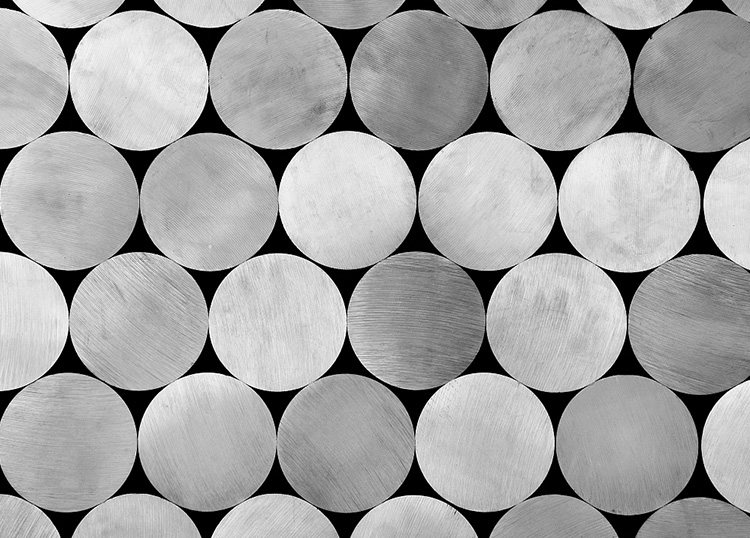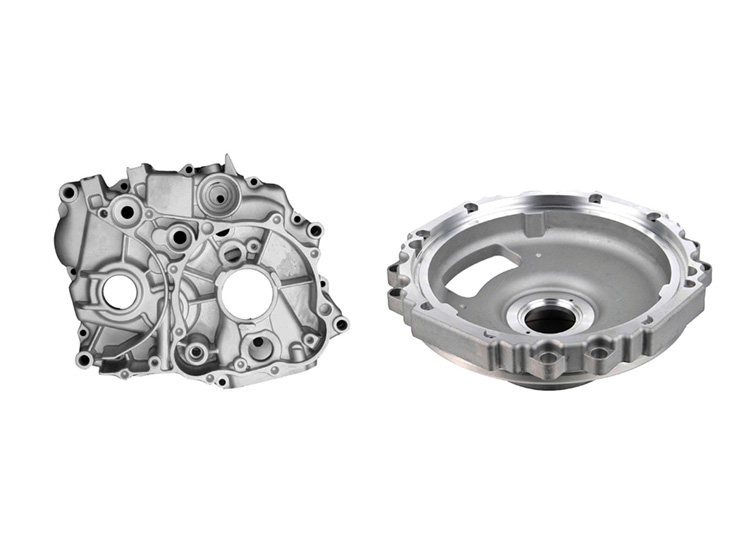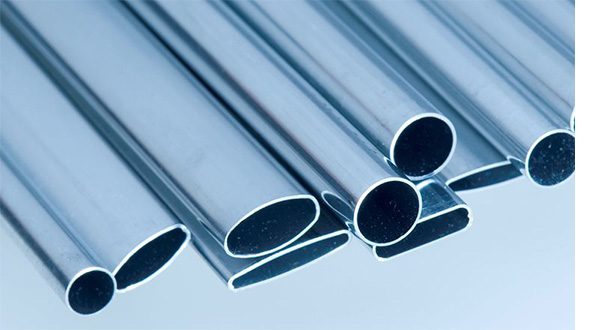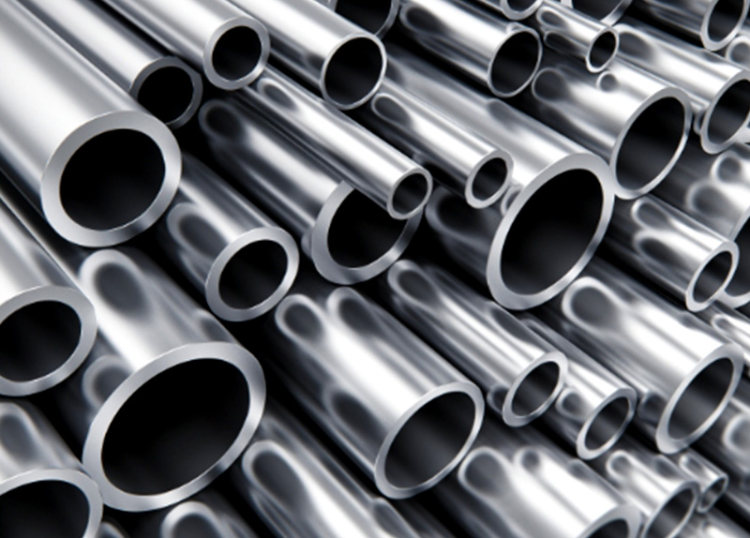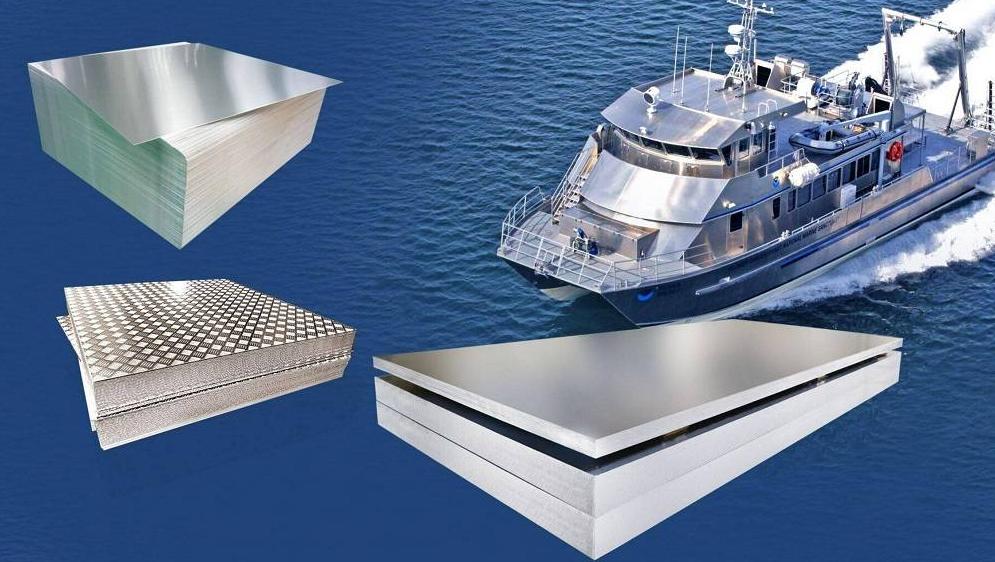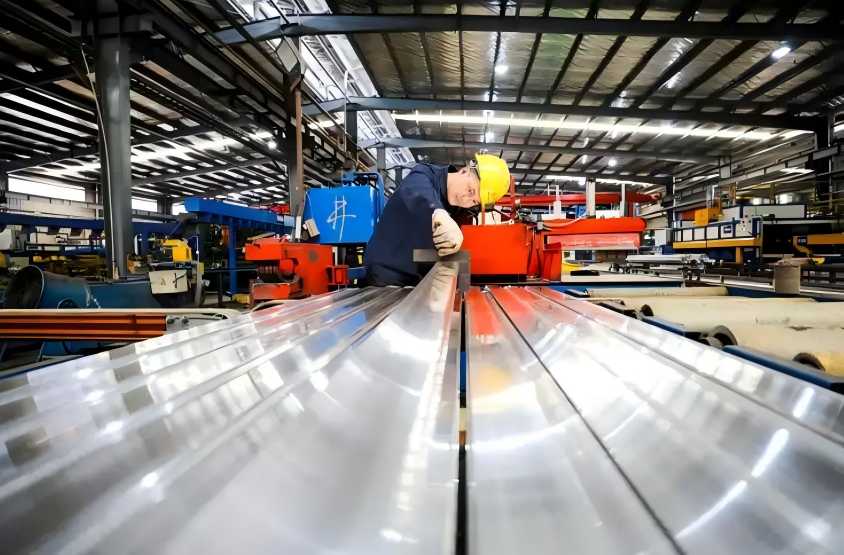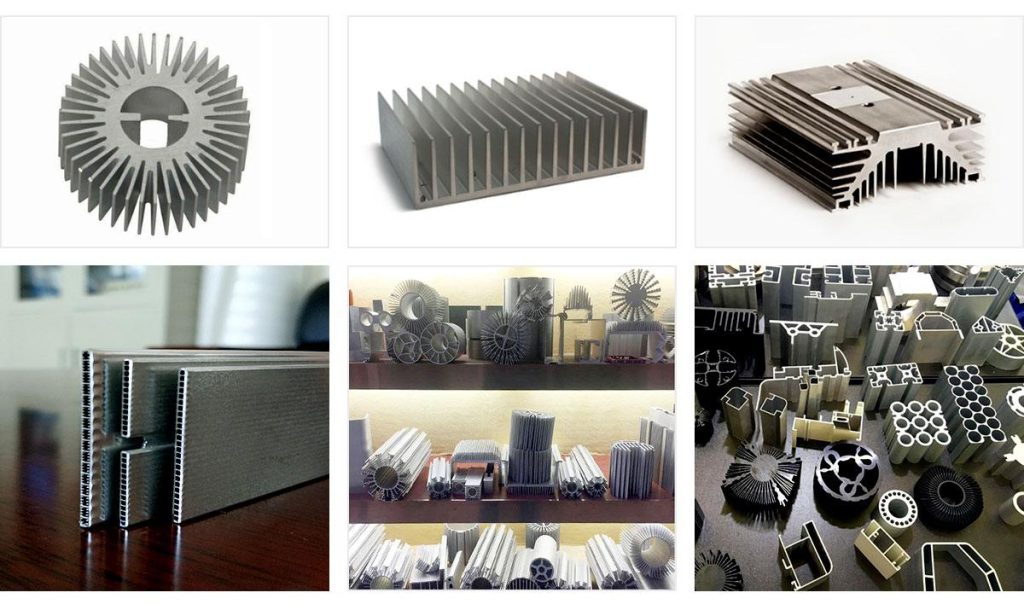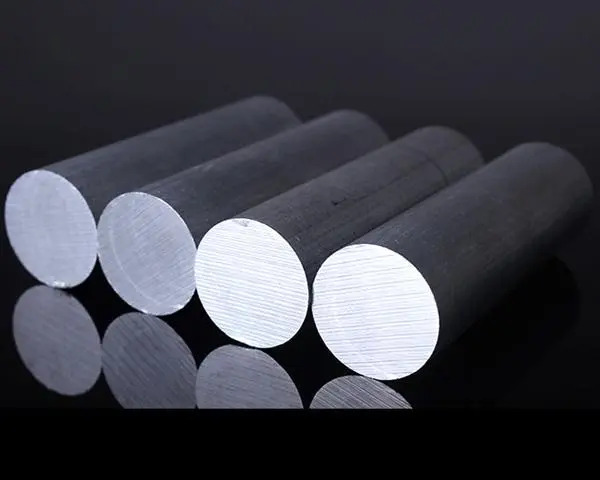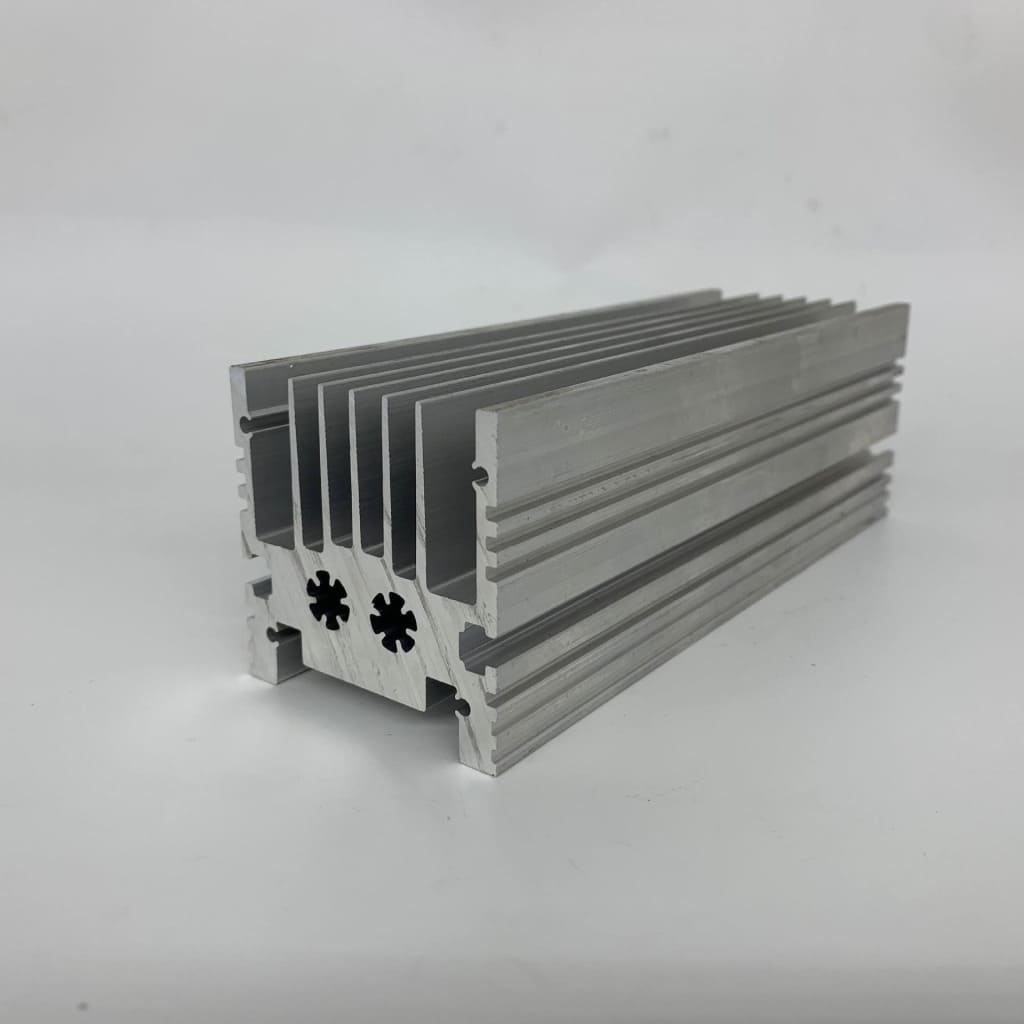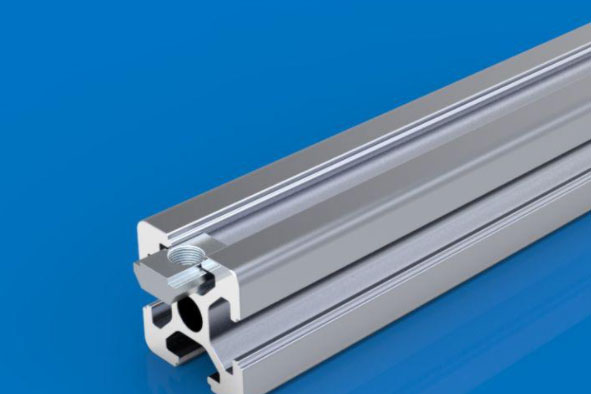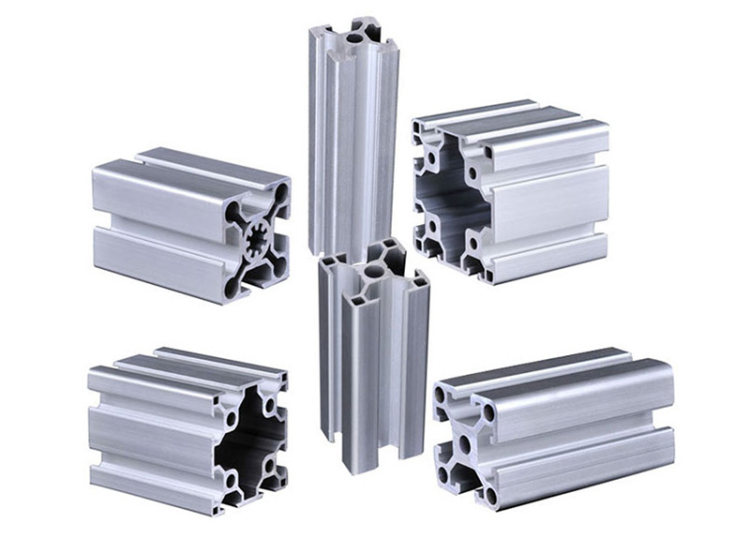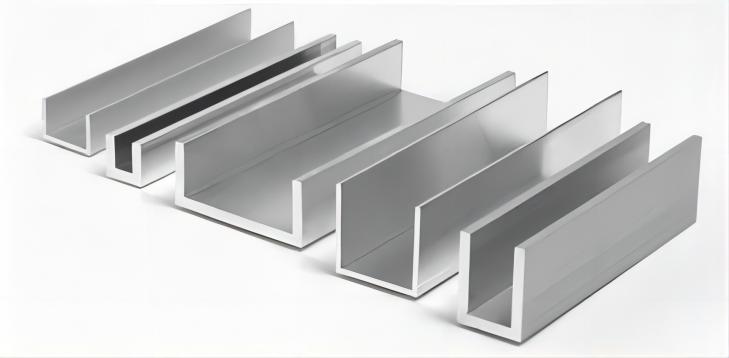Aluminum profiles are aluminum materials with different cross-sectional shapes through hot melting and extrusion of aluminum rods. The production process of aluminum profiles mainly includes three processes: casting, extrusion, and coloring. Coloring mainly includes electrophoretic coating, oxidation, fluorocarbon spraying, powder spraying, wood grain transfer and other processes. The most common aluminum profile products are 6061 Aluminium Channel, T Slot Aluminium Extrusion, 6063-T5 Aluminium Heat Sink, and 6061-T5 Aluminium Association I Beam. This article will introduce in detail the classification and use of aluminum profiles.
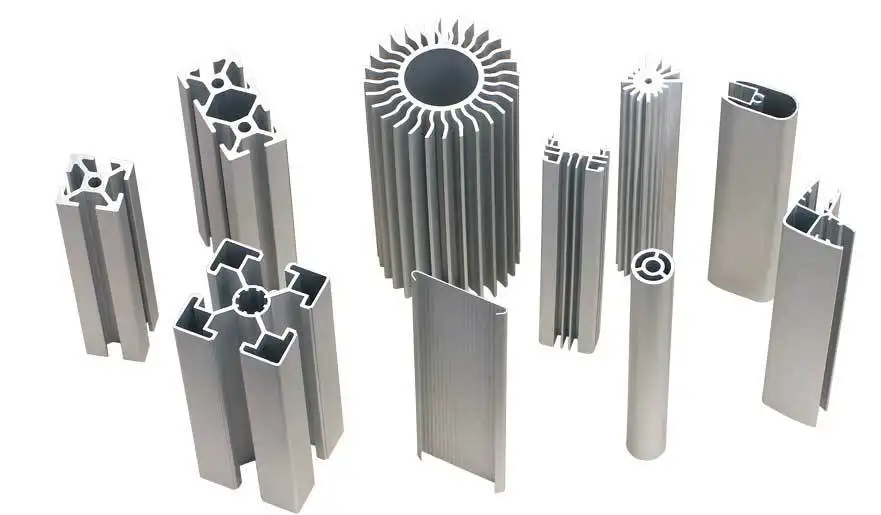
Classification of Aluminum Profiles
1. Architectural aluminum profiles (divided into windows, doors, and curtain walls).
2. Radiator aluminum profiles.
3. General industrial aluminum profiles: mainly used in industrial production and manufacturing, such as automated machinery and equipment, shell skeletons, each company customizes molds according to their mechanical equipment requirements, such as assembly line conveyor belts, glue dispensers, testing equipment, elevators, shelves, etc. For the electromechanical industry and clean rooms.
4. Aluminum alloy profile for rail vehicle structure: mainly used to manufacture the rail vehicle body.
5. Mounting aluminum profiles to make aluminum alloy picture frames, mounting various exhibition and decorative paintings.
Classified according to alloy composition.
It can be divided into alloy grade aluminum profiles such as 1024, 2011, 6063, 6061, 6082, 7075, among which six series are the most common. The difference between different grades lies in the different proportions of various metal components, except for the aluminum profiles commonly used in doors and windows. For example, except for architectural aluminum profiles such as 60 series, 70 series, 80 series, 90 series, and curtain wall series, there is no clear model distinction for industrial aluminum profiles—most manufacturers process according to the actual drawings of customers.
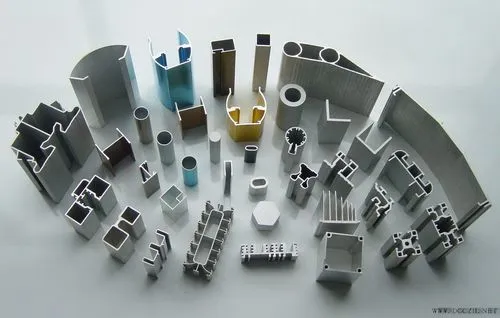
Uses of different types of aluminum alloys
1050: Chemical, extrusion coils for food, and brewing industries, various hoses, firework powder.
1060: Where high corrosion resistance and formability are required, but not high requirements for strength, chemical equipment is its typical use.
1100: For processing parts that require good formability and high corrosion resistance but do not require high strength, such as chemical products, food industry equipment, and storage containers, sheet metal processing parts, deep drawn or spinning concave containers, welded parts, heat exchangers, printed boards, nameplates, reflectors.
1145: Packaging and insulating aluminum foil, heat exchangers.
1199: Electrolytic Capacitor Foils, Optical Reflective Deposition Films.
1350: Wires, Bus Bars, Conductive Wires, Transformer Strips.
2011: Screws and machined products requiring good cutting performance.
2014: For applications requiring high strength and hardness (including high temperatures). Aircraft heavy-duty, forgings, thick plate, and extruded materials, wheels and structural elements, multistage rocket first stage fuel tanks and spacecraft parts, truck frames, and suspension system parts
2017: It is the first 2XXX series alloy to obtain an industrial application. The current application range is relatively narrow, mainly for rivets, general mechanical parts, structural and transportation structural parts, propellers, and accessories.
2024: Aircraft structure, missile components, rivets, propeller components, truck wheel hubs, and various other structural parts.
2036: Automobile body sheet metal parts.
2048: Aerospace vehicle structural parts and structural weapon parts.
2124: Aerospace vehicle structural parts.
2218: Aircraft engine and diesel engine piston, aircraft engine cylinder head, jet engine impeller, and compressor ring.
2219: Welding oxidizer tank for space rocket supersonic aircraft skin and structural parts, working temperature is -270~300 degrees Celsius. Good weldability, high fracture toughness, T8 state has high resistance to stress corrosion cracking.
2319: Solder Fillers and welding electrode for Alloy 2219.
2618: Die forgings and free forgings. Pistons and aero-engine parts.
3003: Used for processing parts that require good formability, high corrosion resistance, and good weldability, or work that requires both these properties and higher strength than 1XXX series alloys, such as kitchenware, food, and chemical products Processing and storage devices, tanks, and tanks for transporting liquid products, various pressure vessels and pipes made of thin plates.
3004: All-aluminum can body, requiring higher strength parts than 3003 alloys, chemical product production and storage devices, sheet processing parts, construction processing parts, construction tools, various lighting components.
3105: Room partitions, baffles, movable house panels, gutters and downpipes, sheet metal forming parts, bottle caps, bottle stoppers, etc.
3A21: Aircraft fuel tanks, oil pipes, rivet wires, etc.; industrial equipment such as building materials and food.
5005: Similar to 3003 alloy, good corrosion resistance and medium strength. Can be used as conductors, dashboards, cookware, enclosures and architectural decorations. The anodized film is brighter than the oxide film on the 3003 alloy and harmonizes with the tint of the 6063 alloy.
5050: Thin plates can be used as lining plates for refrigerators and refrigerators, automobile air pipes, oil pipes, agricultural irrigation pipes; thick plates, pipes, bars, special-shaped material.
Classified by surface treatment requirements
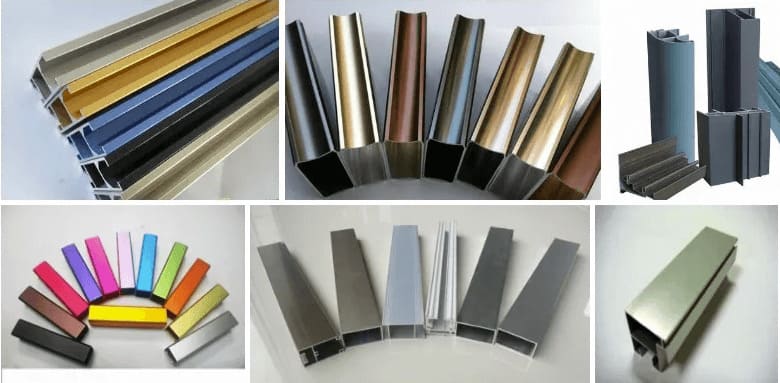
1. Anodized aluminum
2. Electrophoresis coated aluminum
3. Powder sprayed aluminum
4. Wood grain transfer aluminum
5. Fluorocarbon sprayed aluminum
6. Planed aluminum (divided into mechanical planing and chemical polishing, of which chemical polishing has the highest cost and the most expensive).
Reasons for The Formation of Inferior Aluminum Profiles
The oxide film is thin. National standards stipulate that the oxide film thickness of architectural aluminum profiles should not be less than 10um (micrometers). If the thickness is not enough, the surface of the aluminum profile will easily rust and corrode. In the spot check, some aluminum profiles without production name, factory address, production license and qualification certificate have an oxide film thickness of only 2-4um. Some don’t even have an oxide film. According to experts’ calculations, the power consumption cost per ton of profiles can be reduced by more than 150 yuan for every 1um reduction in the thickness of the oxide film.
Chemical composition is unqualified. Mixing a large amount of miscellaneous aluminum and waste aluminum into aluminum profiles can greatly reduce the cost, but it will cause the chemical composition of the building aluminum profiles to be unqualified, which will seriously endanger the safety of construction projects.
Reduce the wall thickness of the profile. For the 90 series sliding window type, according to the national standard, the minimum wall thickness of the aluminum profile is not less than 1.4mm, and some Guangdong products are only 0.6 to 0.7mm. For the 46 series of floor bullet doors, the minimum wall thickness of the aluminum profile used in the national standard is not less than 1.62mm. During the random inspection, some products in Guangdong are only 0.97 to 1.18mm.
Inferior aluminum profiles greatly reduce the sealing time, reduce the loss of chemical reagents, and reduce costs, but the corrosion resistance of the profiles is also greatly reduced.
Choose a Trusted Aluminum Profiles Supplier
There are many aluminum suppliers on the market now. There are differences in the price of the aluminum they sell. Therefore, choosing a suitable aluminum supplier is the most important thing. At the end of the article, I sincerely recommend CHAL to you. CHAL is a Chinese professional aluminum manufacturer and supplier. Our products include aluminum foil, aluminum coil, and aluminum tubes. And as an old-brand aluminum supplier, we have provided high-quality products to customers all over the world for a long time. If you have any needs, please feel free to contact us.


